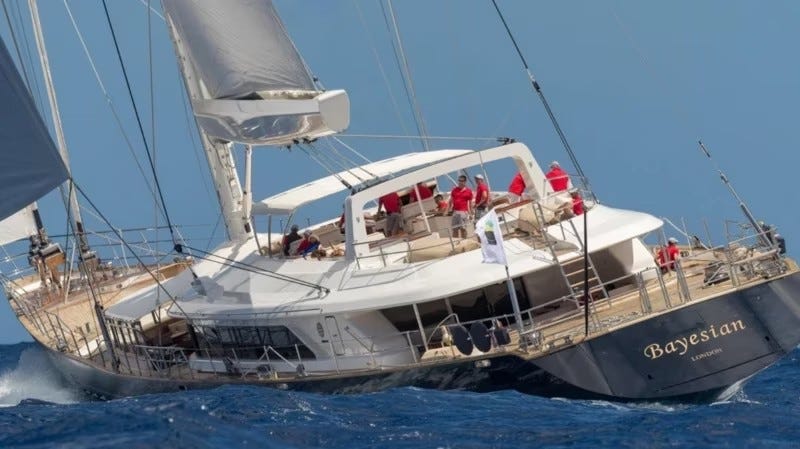- Joined
- Sep 16, 2003
- RO Number
- 12212
- Messages
- 12,154
Where do you get this idea about “a tall mast and no keel”? They had a massive keel which in the up position was more than enough to provide stability without sails. The keel bulb which I think I ve seen listed at 40 tons was about 13’ below waterline in the up position.
But, if the boat heeled enough to get some of the watertight doors underwater, its game over.
Note that a couple of weeks ago a 150+’ MY partially sank in Greece when they started getting underway with the side garage open. Look up MY Ethos
But, if the boat heeled enough to get some of the watertight doors underwater, its game over.
Note that a couple of weeks ago a 150+’ MY partially sank in Greece when they started getting underway with the side garage open. Look up MY Ethos



